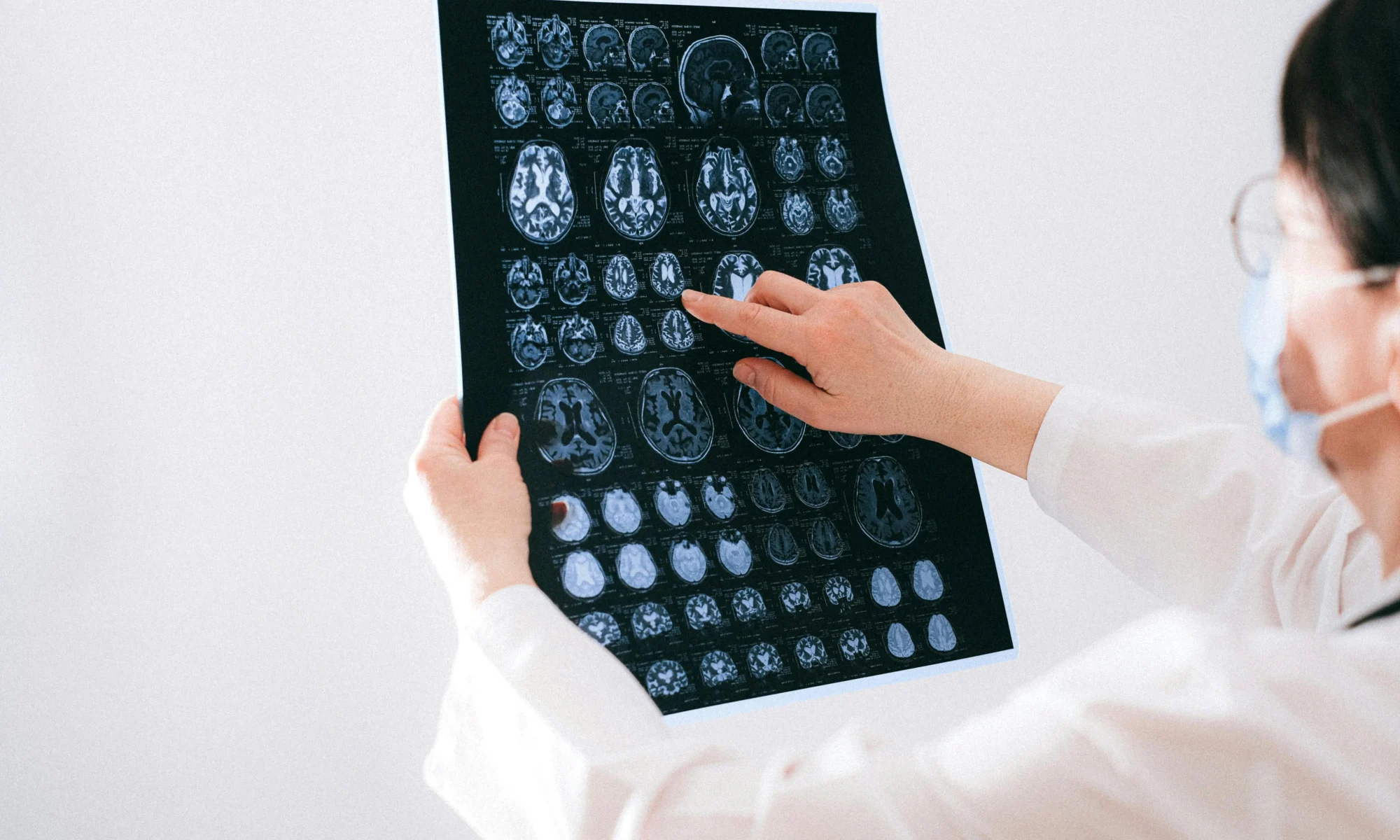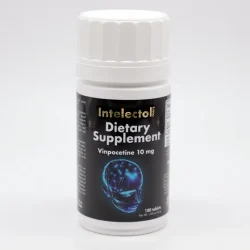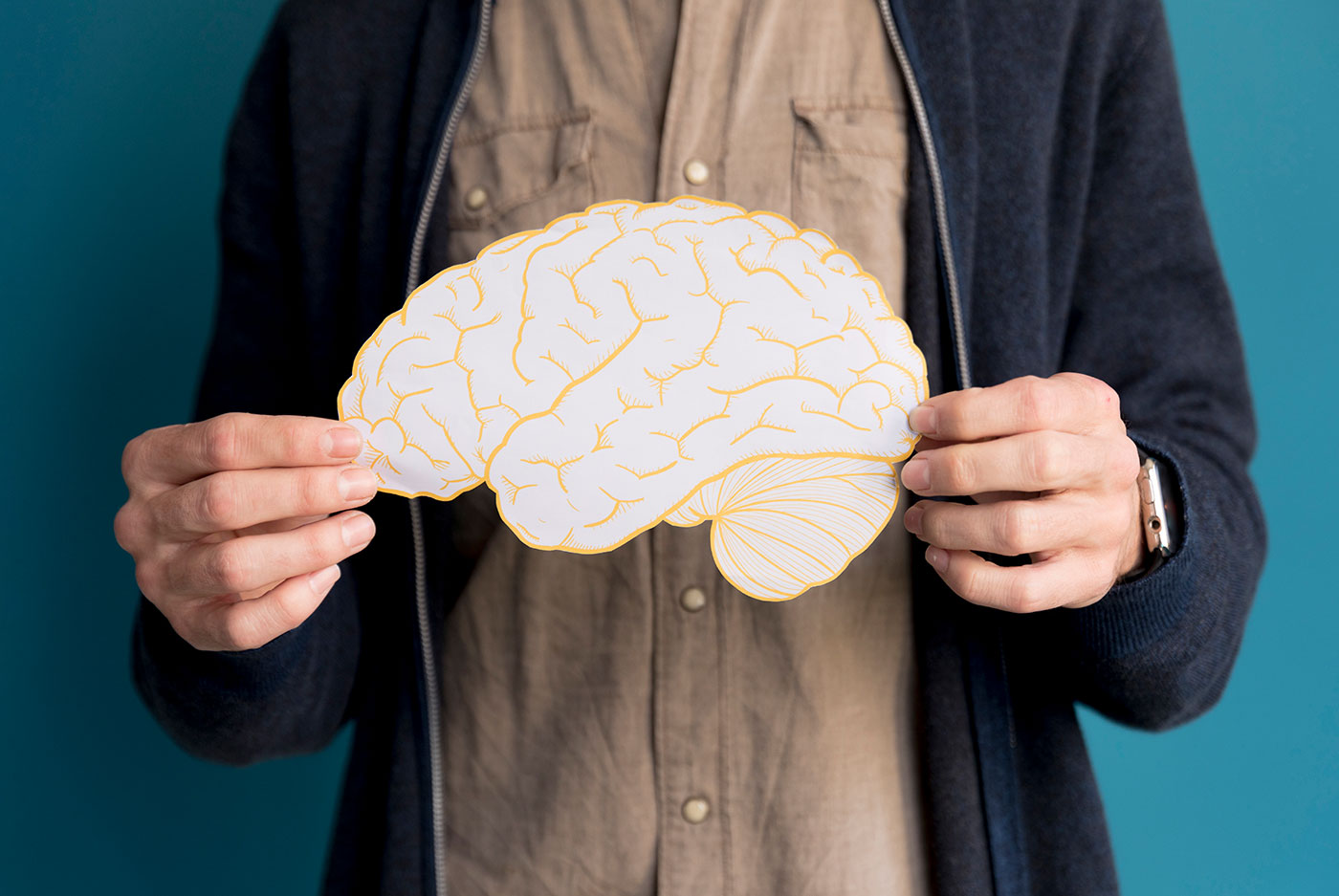Understanding Cognitive Deterioration
Add Your Heading Text Here
In his renowned work, Mental Illness in the Elderly, Dr. Garcia delineated the crucial cognitive functions as attention, orientation, perception, information fixation, memory, and judgement. Vinpocetine, a natural compound, emerges as a recommendation by healthcare professionals when any of these functions undergo minor or major deterioration:
- Memory
- Attention
- Orientation
- Perception
- Information Fixation
- Judgement
Memory Enhancement with Vinpocetine
Addressing Memory Loss
Memory, deemed by Dr. Garcia as the paramount cognitive function, forms the focus of Vinpocetine’s study. Clinical trials spanning various age groups reveal its efficacy in mitigating memory problems, suggesting its suitability for individuals of all ages:
Clinical Trials with the Elderly
Over a hundred clinical trials, including those with over 20,000 elderly patients, attest to Vinpocetine’s memory-enhancing capabilities. Studies conducted across different nations validate its effectiveness, showcasing notable improvements in memory among participants.
Clinical Trials on Young and Healthy Volunteers
Rigorous clinical trials with young, healthy volunteers underscore Vinpocetine’s positive impact on memory. Double-blind studies conducted by Dr. Hindmarch’s team exhibit significant memory improvements correlated with Vinpocetine dosage.
Beyond Memory: Cognitive Function Enhancement
Lack of Attention/Concentration
While specific scientific tests on attention/concentration are limited, Vinpocetine’s efficacy in enhancing cognitive functions extends to these domains. Clinical assessments such as the SCAG scale indicate notable improvements, warranting Vinpocetine’s recommendation for attention/concentration deficits.
Addressing Other Cognitive Functions
Vinpocetine’s versatility extends to bolstering various cognitive functions beyond memory, encompassing orientation, perception, information fixation, and judgement.
Mechanisms of Action: How Vinpocetine Helps
Restoring Brain Metabolism
Vinpocetine’s efficacy in restoring impaired brain metabolism is substantiated by clinical research. Studies indicate its ability to enhance energy metabolism, contributing to improved brain function even under adverse conditions such as hypoxia or ischemia.
Activating Noradrenaline Nerve Cluster
Vinpocetine’s activation of the noradrenaline nerve cluster in the locus coeruleus presents a pivotal mechanism in combating age-related cognitive decline. By enhancing noradrenaline secretion and neuronal activity, Vinpocetine aids in maintaining cognitive vitality.
Neurotransmitter Modulation
Vinpocetine’s influence on neurotransmitter levels, including noradrenaline, dopamine, serotonin, and acetylcholine, underscores its multifaceted action in optimizing neuronal transmission. These neurotransmitters play critical roles in cognitive processes, reinforcing Vinpocetine’s cognitive enhancement potential.
Unique Advantages of Vinpocetine
Selective Cerebral Vasodilation
Vinpocetine’s unique property as a selective cerebral vasodilator distinguishes it in cerebral circulation management. Its ability to reduce vascular resistance and enhance cerebral blood flow without significant systemic effects underscores its suitability for individuals with cerebral vascular disorders.
Who Can Benefit from Vinpocetine?
- Baby Boomers: Individuals experiencing early signs of cognitive decline, such as memory loss, can benefit from Vinpocetine’s cognitive enhancement properties.
- Young Adults: Students and young professionals seeking to optimize cognitive performance can leverage Vinpocetine’s memory-enhancing effects.
- Anyone Concerned about Brain Health: Vinpocetine offers a safe, low side-effect option for individuals wishing to enhance brain metabolism, vigilance, and cognition.
Conclusion
Vinpocetine emerges as a versatile solution for optimizing cognitive health and addressing age-related cognitive decline. Its multifaceted mechanisms of action, coupled with its proven efficacy across diverse age groups, position it as a valuable asset in promoting cognitive vitality and overall brain health.
Bibliography
B. Vamosi (1976) ”Comparative study of the effect of Ethyl Apovincaminate and Xantinol Nicotinate in cerebrovascular diseases” Arzneim Forsch (drug research) 28,1980-84. Hereafter abbreviated ”A.F. (D.R.)”
C. Nicholson (1990) ”Pharmcology of nootropics and metabolically active compounds in relation to their use in dementia.” Psychopharm 101, 147-59.
K. Biro (1976) ”Protective activity of Ethyl Apovincaminate on ischemic anoxia of the brain” A.F. (D.R.) 28, 1918-20.
H. Olpe et al. (1985) “Locus coeruleus as a target for psychogeriatric agents” Ann N.Y. Acad Sci 444, 399-405.
Gaál, L., Molnár, P. (1990). “Effect of vinpocetine on noradrenergic neurons in rat locus coeruleus” Eur. J. Pharmacol. Oct 23; 187(3), 537-9.
Schlicker, E et al. (1988). “Vinpocetine faciliates noradrenaline release in rat brain cortex slices”. Drug develop. Res. 14, 285-291.
Shibuya, T., Sato, K. (1986). “Effects of Vinpocetine on Experimental Brain Ischemia, Histochemical Study of Brain Monoamines”. Igaku no Ayumi 139 (3), 217-18.
B.Saletu & J. Grunberger (1985) ”Memory dysfunction and vigilance; neurophysiological and psychopharmacological aspects” Ann N.Y Acad. Sci 444, 406-207
A. kaham & M. Olah (1976)”Use of Ethyl Apovincaminate in ophthalmological therapy” A.F. (D.R.) 28, 1969-72.
F. Solti (1976) ”Effect of Ethyl Apovincaminate on cerebral circulation” A.F. (D.R.) 28, 1945-47.
D. Hadjiev and Yancheva (1976) ”Rheoencephalographic and psychological studies with Ethyl Apovincaminate in cerebralvascular insufficiency” A.F. (D.R.) 28, 1947-50.




